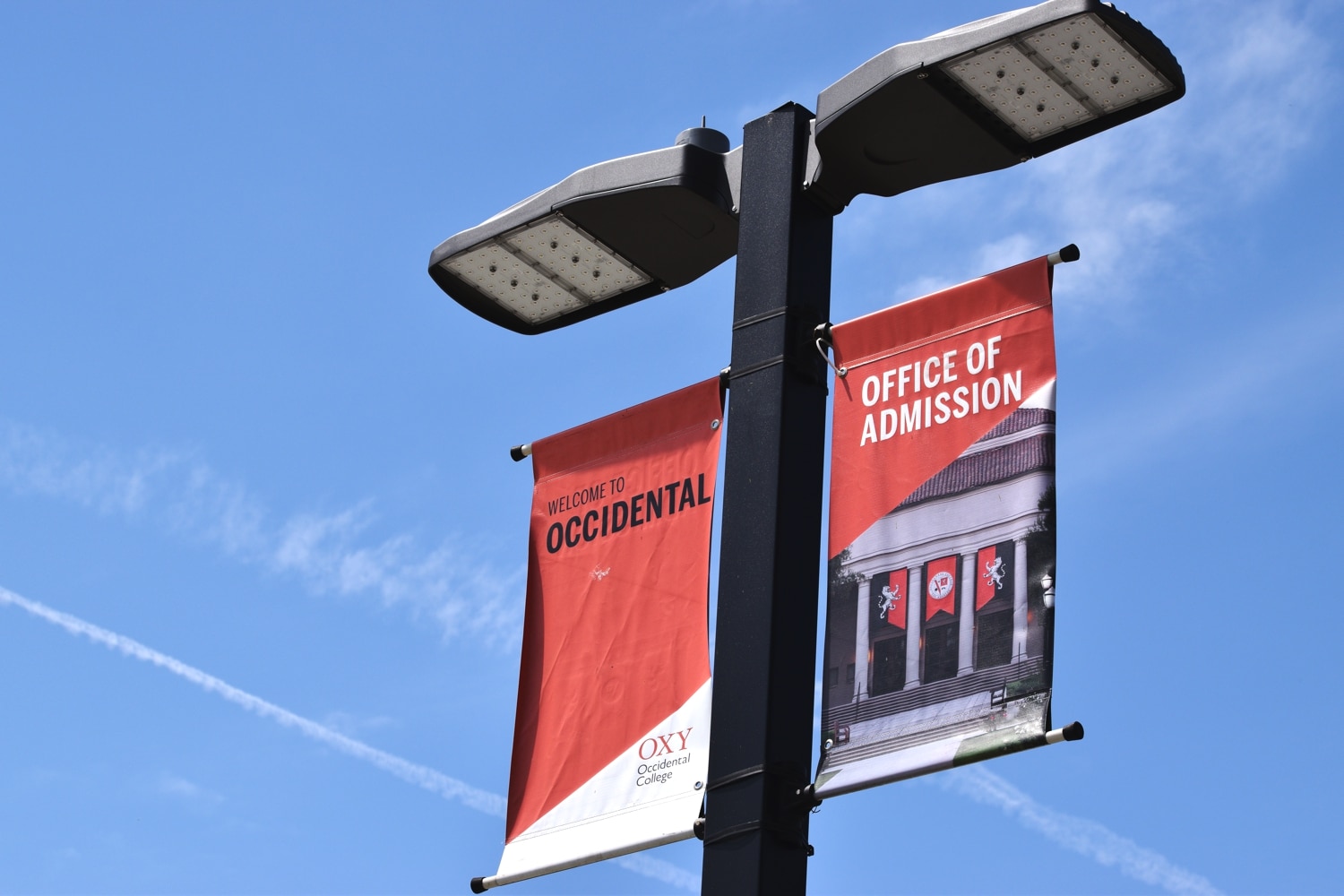Known and defined by his detailed set designs adorned with early 20th century trinkets and taxidermies, Wes Anderson elevates his already distinctive style to a new level in his latest film, “The Grand Budapest Hotel.”
Set in the imaginary central European country of Zubrowka in 1932, the film tells the story of the posh Grand Budapest hotel and its infamous manager, M. Gustave (Ralph Fiennes). M. Gustav’s tale of murder, art theft and a chase around pseudo-Nazi occupied Europe represents the illustrious past of his hotel.
Anderson’s auteur is often defined by its fantastical sense of nostalgia. The theme of yearning for yesteryear extends past the set decor and costume to the narrative structure of the film. Part of the nostalgic feel comes from the fact that M. Gustav’s story is narrated in 1968 by the hotel’s new owner, Mr. Moustafa (F. Murray Abraham) to a biographer (Jude Law) writing about the hotel’s history. M. Gustav, like the Grand Budapest itself, exists as a long-forgotten figure of the hotel’s extravagant history. The Grand Budapest of the ’60s is a dilapidated version of the magnificently adorned hotel of the ’30s. The powder pink and gold exterior of the ’30s diminished to a dingy orange and the bustling sound of distinguished high-society guests in the lobby replaced by reverberations of silence.
“The Grand Budapest Hotel” alludes to political themes of the early Nazi occupation; Nazi skulls are reinterpreted as silver foxes and swastikas become lightning bolts. Prior to this film, the closest Anderson has come to politicizing the past beyond the grandeur of sentimental costumes and aesthetics is his reference to Noah and the biblical flood in his last film, “Moonrise Kingdom” (2012). The muted color palette, obsession with symmetry and allusions to the film as a theatrical show common of Anderson’s films allow the viewer to disappear into the fantasy worlds of his films. The fantastical aesthetics and stories of Anderson’s films present a sentimentality for places and things rather than political environments; they offer a naive longing for a fantastical and dream-like past. “The Grand Budapest Hotel” differs from the director’s previous works regarding incorporating political themes, as the audience is aided in understanding the political turmoil in Europe during the rise of the Nazi empire through the film’s aesthetic detachment from reality.
The film’s intricate aesthetics are hypnotic and easily the most elaborate extension of Anderson’s artistic vision to date. The detail in the costumes, set design and history of the hotel itself present an equally compelling story to the film’s main plot. The film’s large budget allowed Anderson to present a previously inconceivable “Andersonian” spectacle. Some of the details in this film even seem to be self-referential to Anderson’s previous films, such as a cut-off finger hinting at “The Royal Tenenbaums.” These allusions to past works are either purposeful Easter eggs or simply products of the director’s neurotic and obsessive eye that focuses on the same thematic elements.
A visual delight with a non conventional approach to political themes, “The Grand Budapest Hotel” is just as much about Wes Anderson’s artistic auteur as it is about the Grand Budapest.
For a special treat, see “The Grand Budapest Hotel” at the Hollywood ArcLight, where the actual model of the Grand Budapest used in the film is on display in the lobby.
![]()



































I do not agree, read that https://www.nytimes.com/interactive/2015/10/22/world/europe/syrian-refugees.html – Marva